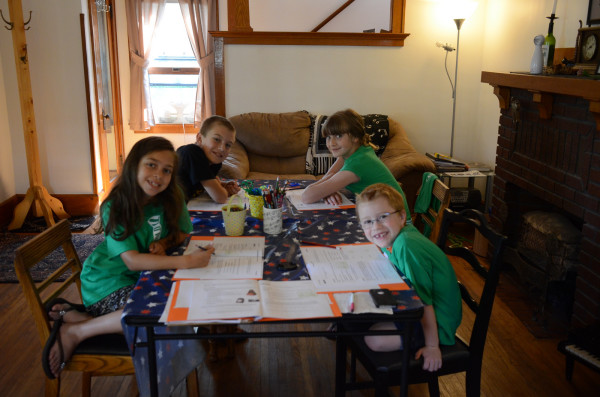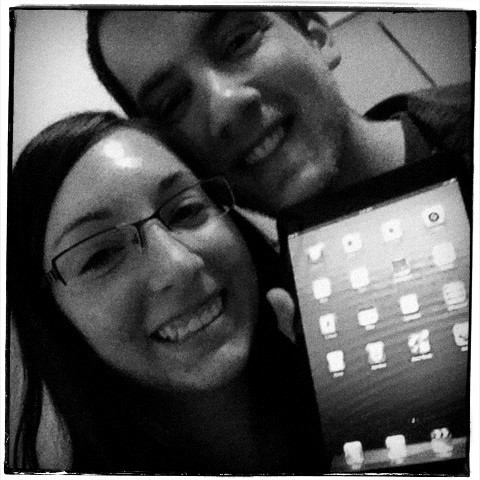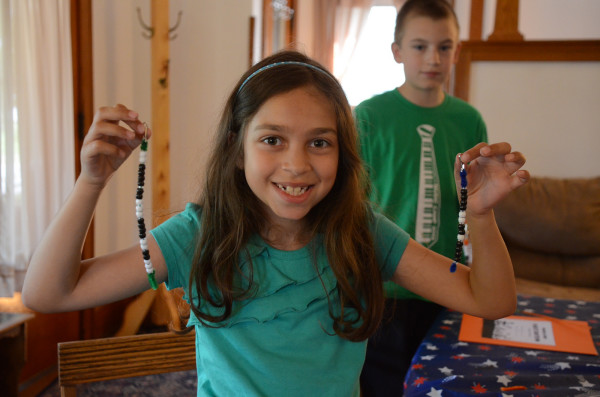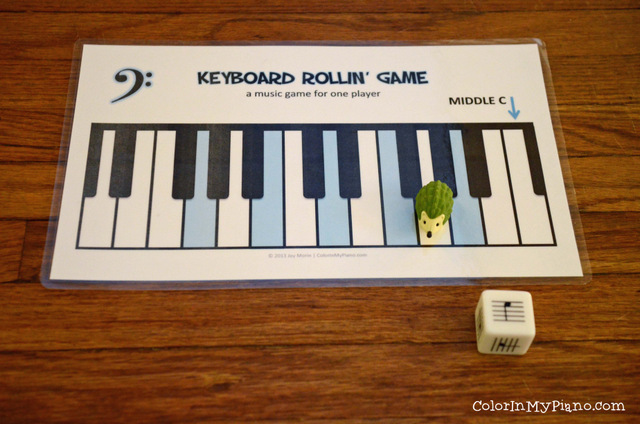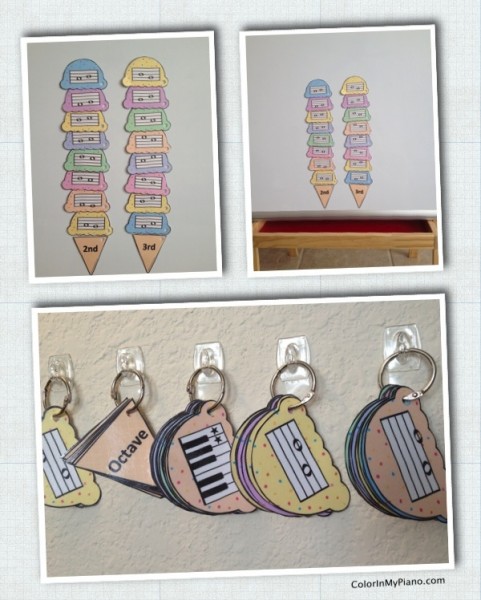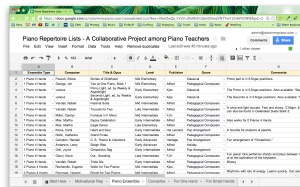 There are a number of really wonderful facebook groups for piano teachers (the Art of Piano Pedagogy and Professional Piano Teachers come to mind). These groups are a great place to share ideas with other teachers and ask questions.
There are a number of really wonderful facebook groups for piano teachers (the Art of Piano Pedagogy and Professional Piano Teachers come to mind). These groups are a great place to share ideas with other teachers and ask questions.
In particular, I have observed a number of threads asking for repertoire suggestions for a particular student/situation and have been amazed at the collective knowledge and experience shared by the teachers who respond! It is unfortunate that these threads get lost and forgotten over time among the ever-growing number of threads that take place in these facebook groups. Wouldn’t it be great to have a more permanent place where teachers can share their favorite pieces of repertoire for various situations?
Well, now there is! I’ve created a public Google Spreadsheet containing a few different lists:
- Motivational Repertoire — Please share only your top hits and your best pupil savers. In the “comments” space, please share why this piece was so great for your student.
- Piano Ensemble — Please add any of your favorite piano duets, duos, trios, and quartets.
- Concertos — Share any piano concertos that you think are especially valuable and effective for students.
- For One Hand — Have you ever had a student injure or break an arm? Please feel free to browse or add repertoire suggestions composed for right or left hand only.
- For Small Hands — Do have advancing students with a very small reach? The repertoire suggestions on this list even list the maximum handspan required in each piece.
CLICK HERE to learn more about this spreadsheet. Please take the time to add a piece or two to the list, and please feel free to share about this project with your piano teaching colleagues across the world. The more the merrier!




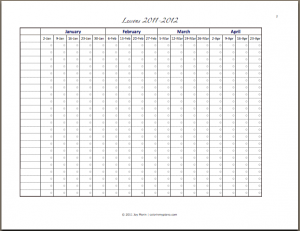

 Have you heard about the new podcast for piano teachers created by the folks at
Have you heard about the new podcast for piano teachers created by the folks at 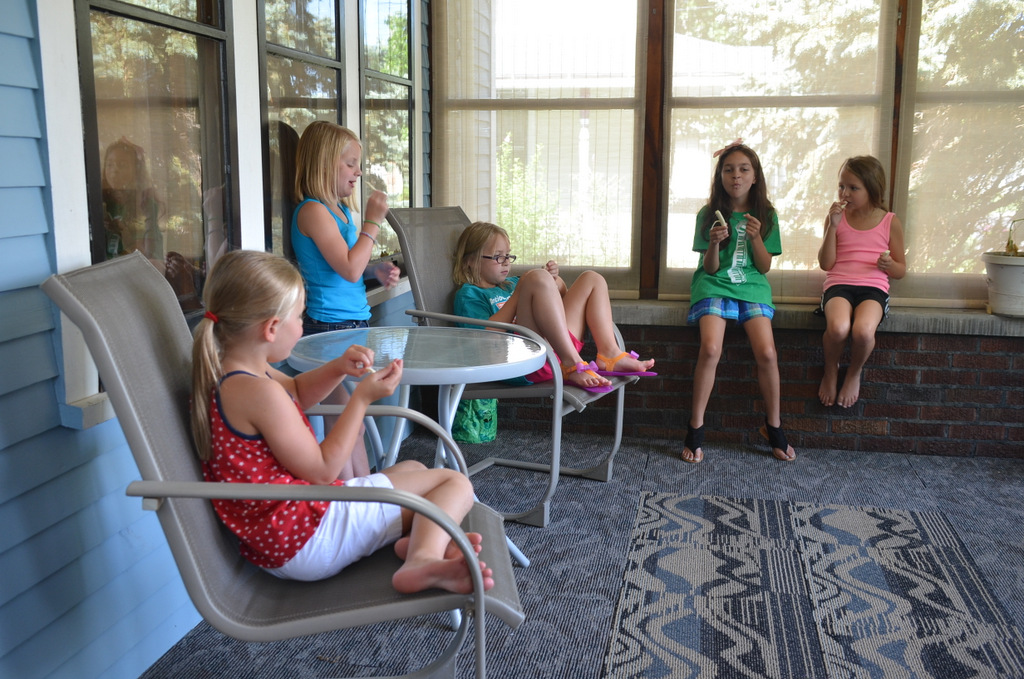

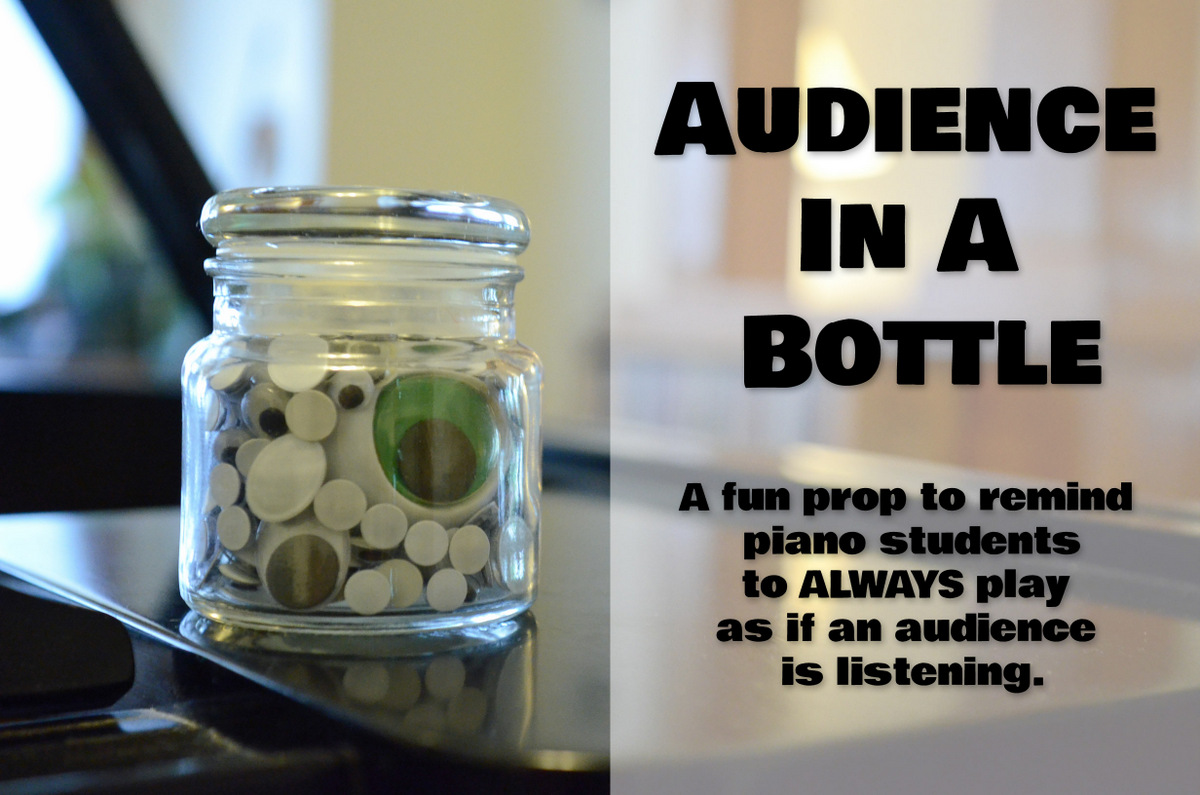
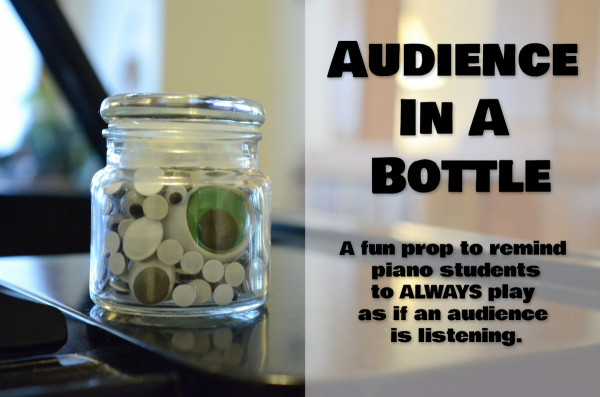
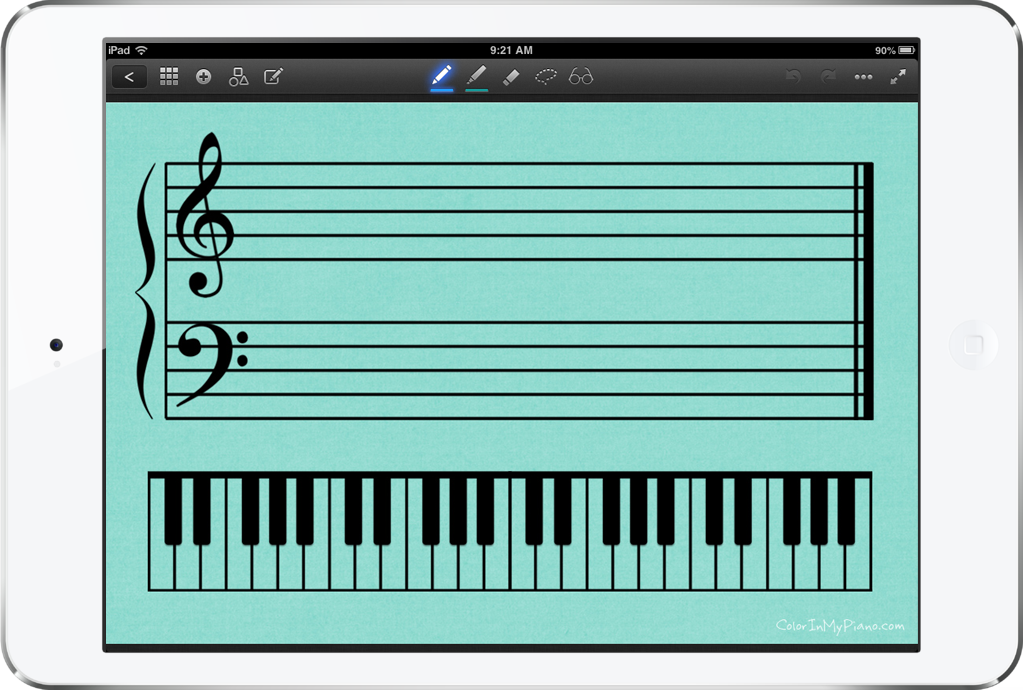
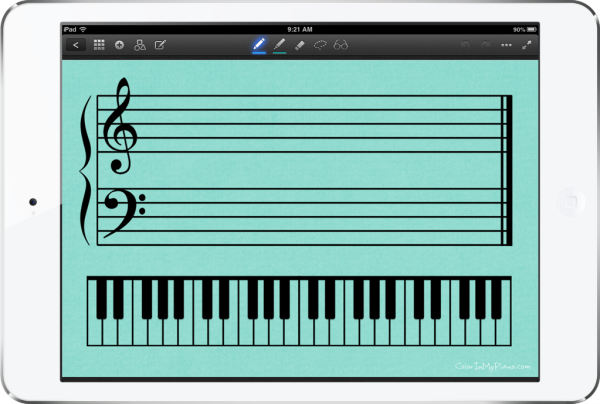
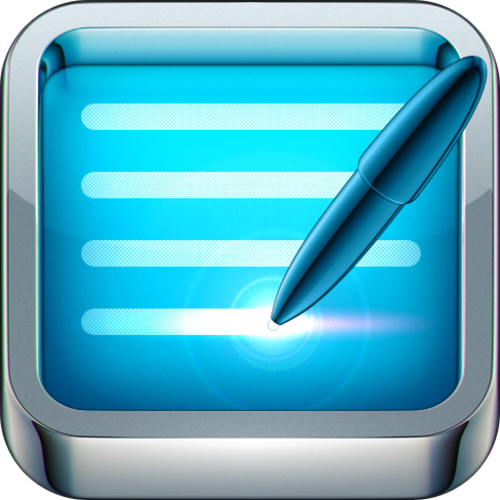
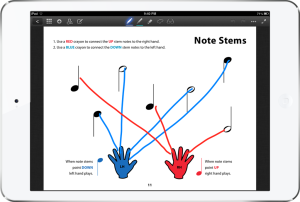 One of the cool teaching tools the iPad provides the piano teacher is the possibility of completing worksheets digitally during the lesson — or using the iPad like a music whiteboard with a custom background. A few of my favorite piano teaching blogs have shared some great resources for using the iPad in this way:
One of the cool teaching tools the iPad provides the piano teacher is the possibility of completing worksheets digitally during the lesson — or using the iPad like a music whiteboard with a custom background. A few of my favorite piano teaching blogs have shared some great resources for using the iPad in this way:
